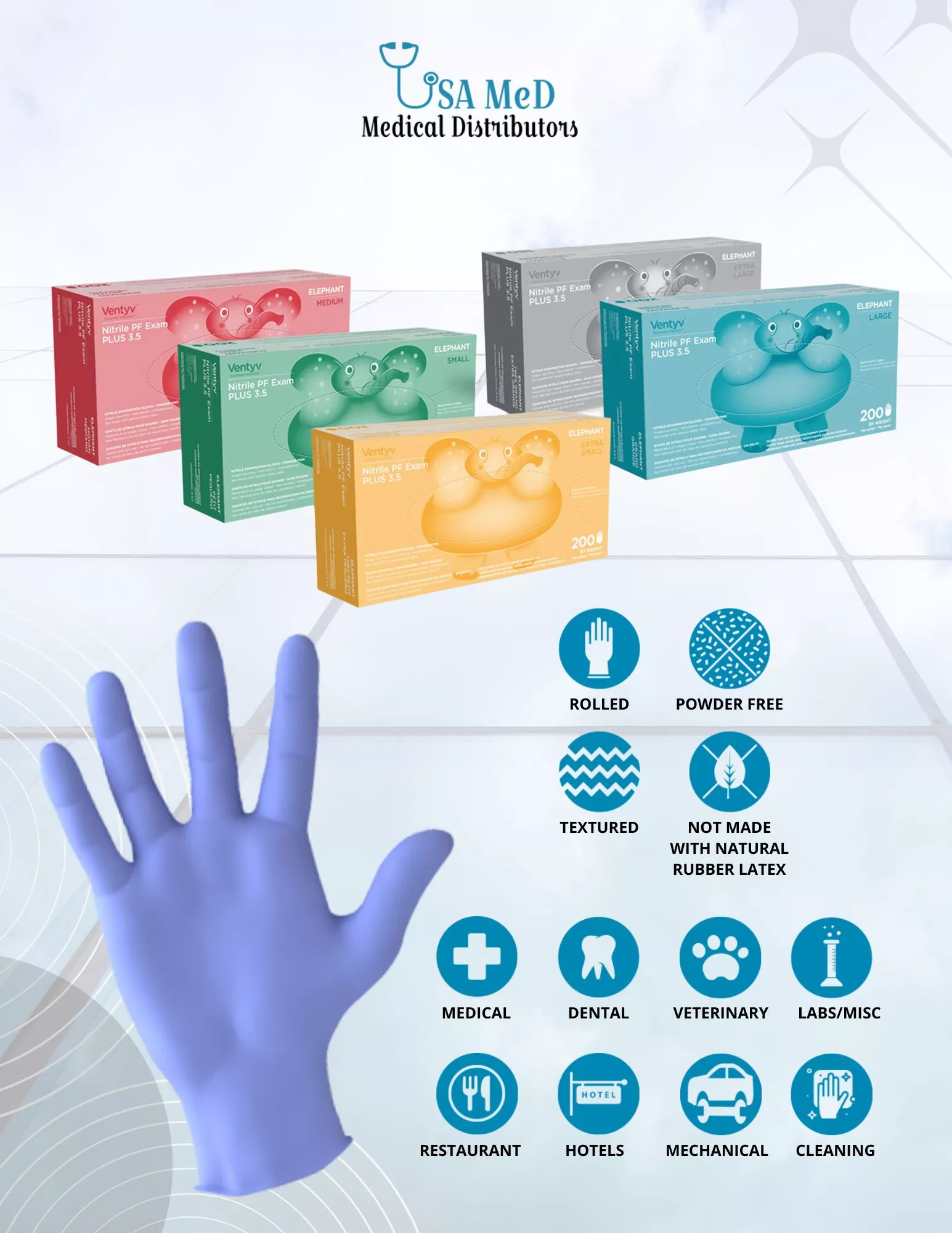
How Should Gloves Fit: A Guide to Finding the Perfect Pair
Understanding the Importance of Proper Glove Fit Understanding the importance of proper glove fit is essential for anyone who relies on gloves for protection, comfort,


When it comes to nitrile gloves, the importance of proper fit cannot be overstated. Many users may wonder, “How tight should nitrile gloves be?” The answer is simple: snug enough to provide a secure grip without compromising comfort. A well-fitted glove enhances dexterity, allowing you to perform tasks with precision and confidence.
Gloves that are too loose may result in slippage and reduced control, impacting your ability to perform tasks effectively. Conversely, tight-fitting gloves can cause discomfort and potentially restrict blood flow, affecting your overall comfort and dexterity. It’s crucial to find gloves that fit properly to ensure both comfort and functionality. This is why understanding the importance of glove fit is crucial for both safety and efficiency in any task—be it medical procedures, food handling, or industrial applications.
Comfort in gloves directly correlates with performance. Properly fitting nitrile gloves not only safeguard your hands but also enable you to work efficiently without distractions or fatigue. Ensuring a good fit enhances both protection and productivity. Investing in the right size will significantly enhance your experience and productivity, making proper glove fit an essential consideration for anyone utilizing nitrile gloves in their work environment.
When it comes to selecting the right tightness for nitrile gloves, several critical factors must be taken into account to ensure optimal performance and comfort. First and foremost, understanding **how tight nitrile gloves should be** is essential. Tight gloves can hinder blood circulation and lead to discomfort, whereas loose ones may affect hand dexterity and grip.
One of the primary considerations is the **glove material stretchability**. Nitrile gloves typically offer a good amount of elasticity, allowing them to conform snugly to your hands without being constrictive. It’s important to choose a size that accommodates your **hand size measurement**, ensuring a perfect fit from palm to fingertips.
Next, pay attention to **finger length**; properly fitting fingers will enhance your overall dexterity needs during tasks requiring precision. Additionally, consider how well the glove fits around the wrist—this area should provide a secure seal without being overly restrictive.
Ultimately, finding the right balance in glove tightness will not only enhance comfort but also improve functionality in various applications. By carefully evaluating these factors, you can ensure that your nitrile gloves meet both safety standards and personal preferences effectively.
In conclusion, “How tight should nitrile gloves be?” the significance of proper fit for nitrile gloves cannot be overlooked, as it directly impacts both comfort and performance. A snug yet comfortable fit is crucial for maintaining dexterity and control during a range of tasks. This is especially important in medical settings, food handling, or industrial applications. Gloves that are too loose can hinder grip and precision, while those that are overly tight may cause discomfort and restrict blood flow. Users can enhance productivity by selecting gloves that consider factors such as material stretchability, finger length, and wrist fit to protect their hands effectively. These considerations play a crucial role in ensuring both safety and comfort during various tasks. Ultimately, investing time in finding the right size will lead to a more efficient work experience—making proper glove fit a crucial aspect for anyone utilizing nitrile gloves.

Understanding the Importance of Proper Glove Fit Understanding the importance of proper glove fit is essential for anyone who relies on gloves for protection, comfort,

Introduction: Why Healthcare Gloves are Crucial in Medical Settings In medical settings, healthcare gloves play a pivotal role in ensuring the safety and well-being of

Common Applications of Nitrile Gloves in Various Laboratory Environments Nitrile gloves have become a staple in laboratory environments due to their durability, chemical resistance, and

Factors Influencing the Reusability of Disposable Gloves When it comes to the reusability of disposable gloves, several factors come into play that can significantly impact

The Science Behind Glove Expiration: What Happens Over Time? Understanding the science behind glove expiration is crucial for anyone who relies on them, whether in
Driven by a passion for excellence, our mission is to consistently deliver the highest quality products at the most affordable prices. We aim to exceed customer expectations, creating value and trust.


Phone Number: (239) 266 -1290
Email Addresses:
sales@usamedicaldistributors.com
customercare@usamedicaldistributors.com
Mailing Address :
501 Goodlette, Frank Rd N A105, Naples, FL 34102
Copyright 2022 – 2024. USAMED Medical Distributors. All rights reserved.
Privacy Policy | Return and Refund Policy
| Website by M. Escober